
The Transfiguration is not your average vampire coming-of-age tale (what is, really?). This ain’t Twilight – it’s “realistic,” in the words of main character Milo. Filmmaker Michael O’Shea shoots a portrait piece of urban New York City through the eyes of a blood-sucking teen, who’s also navigating an adolescent interracial relationship. There’s so much going on – gang aversion, racism, early signs of serial killings, suicide, PTSD – but a young boy’s maturation always remains paramount to story. O’Shea asks a lot of his audience, and in return, bares so much of his film’s morbidly curious soul. It’s hard being a kid in NYC. Even harder when your idol is Nosferatu.
Eric Ruffin stars as Milo, a child who has no guidance after his mother’s decision to exit our world. Brother Lewis (Aaron Moten) spends day and night glued to their living room couch, haunted by decisions from his past. Milo must fend for himself, whether it’s avoiding local thugs, grooming a relationship with new-girl Sophie (Chloe Levine) or learning how to be a vampire. A stack of recorded VHS tapes chronicle different kinds of vampire transformations – from Near Dark to Dracula Untold – which Milo uses for personal research. With each kill, he inches closer to perfecting his bloodthirsty craft – but can he keep up his deadly hobby without serious consequences?
Cinematographer Sung Rae Cho’s style mirrors NYC-based indies that once defined a low-budget genre, as his camera bounces around with static vision. It’s an intimate look that rarely frames extras, since Milo is our championed focus. As the anxious boy approaches victims, Cho’s camera shakes with insecurity while Margaret Chardiet’s score spikes in tension. This isn’t some grand, gothic yarn spun around scenic architecture or hipster vibes (Only Lovers Left Alive). The Transfiguration boils vampire mythos down to a repulsive suggestion, more interested in exploring a young child’s mind than going all Let The Right One In through teamwork. Vampirism isn’t romantically woven – Chloe has every right to be disgusted when she finds Milo’s gruesome notebook descriptions.
It’s Ruffin’s soft-spoken performance that allows O’Shea to dance such a fine genre line while simultaneously making a murderer. Behind Milo’s awkward social encounters hides a desire to drink from open wounds, which he knows – deep down – is completely wrong. Each slurp brings him closer to understanding, but as he begins to appreciate life’s unthinkable beauty (thanks to Sophie), collateral damage weighs heavier by the hour. Feast nights evolve from homeless targets to underaged bystanders, as Milo struggles to suppress his urge to slay (including those he loves). All this drama and turmoil, being handled by a lost boy who hasn’t even conquered puberty yet.
Like I said, O’Shea asks a lot of his audience – but he asks even more of his cast. Thankfully, Ruffin’s curious embrace of the vampire is such a human, flawed connection that constantly cries for help. Chloe Levine’s equal outcast answers the call, finding comfort in Milo’s obscurity. It’s a “savior” arc we so desperately hope turns the amateur vamp’s life around, as the two giggle and watch black-and-white horror classics until falling asleep. Their love is pure, but also suggestive (re: Milo’s neighborhood gangsters joke about their black-on-white canoodling). We’ve seen films of this nature, but The Transfiguration pushes forward with simple significance and shared heartbeats. A love kept inside abusive apartment building walls, even if Milo thinks Twilight sucks (despite Sophie’s protest).
There’s so much of The Transfiguration that needs to be experienced first-hand, so here’s where my detailing ends. A scene with Larry Fessenden will rip your heart out, if Eric Ruffin’s battered performance doesn’t do so earlier. It’s true that Michael O’Shea loses momentum during the film’s midsection, but never to the extent where Milo’s journey becomes a burden. This is the impoverished vampire-in-training tale of romance and acceptance you never knew you needed. A concrete horror flick that burns with consequence, ignited by strong characters who are far more tested in their experiences than anyone of similar age. Bloody, emotional and visualized with a damning spirit – what an outspoken genre manipulation for first-timer Michael O’Shea.


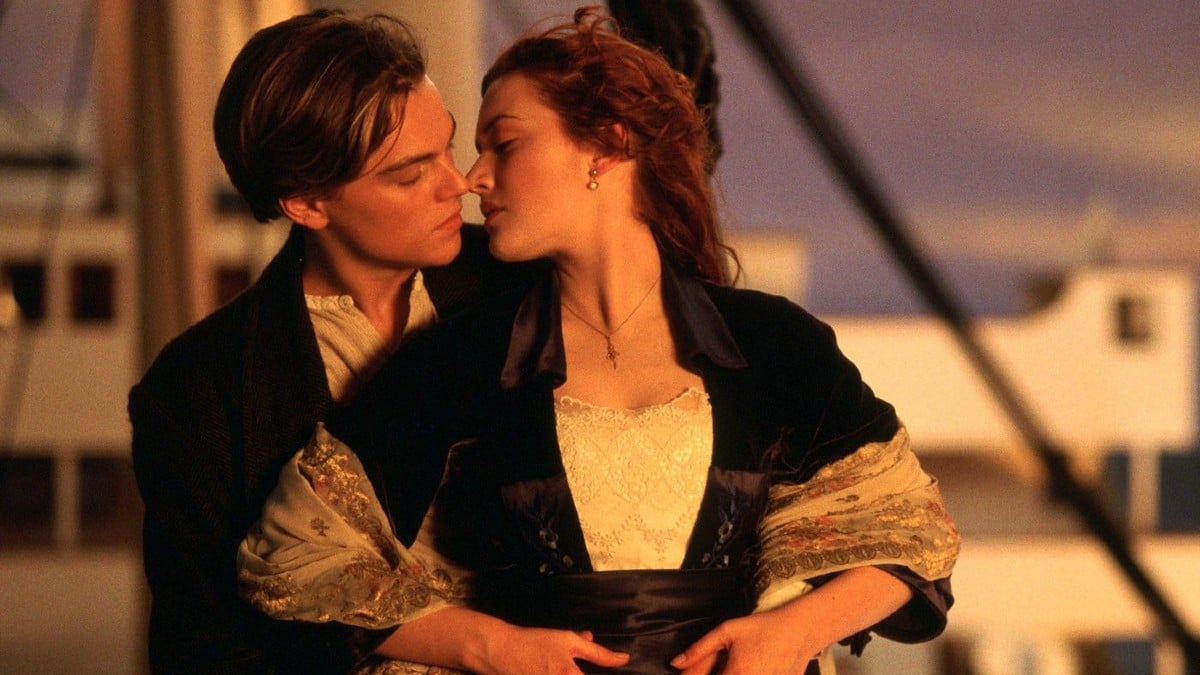
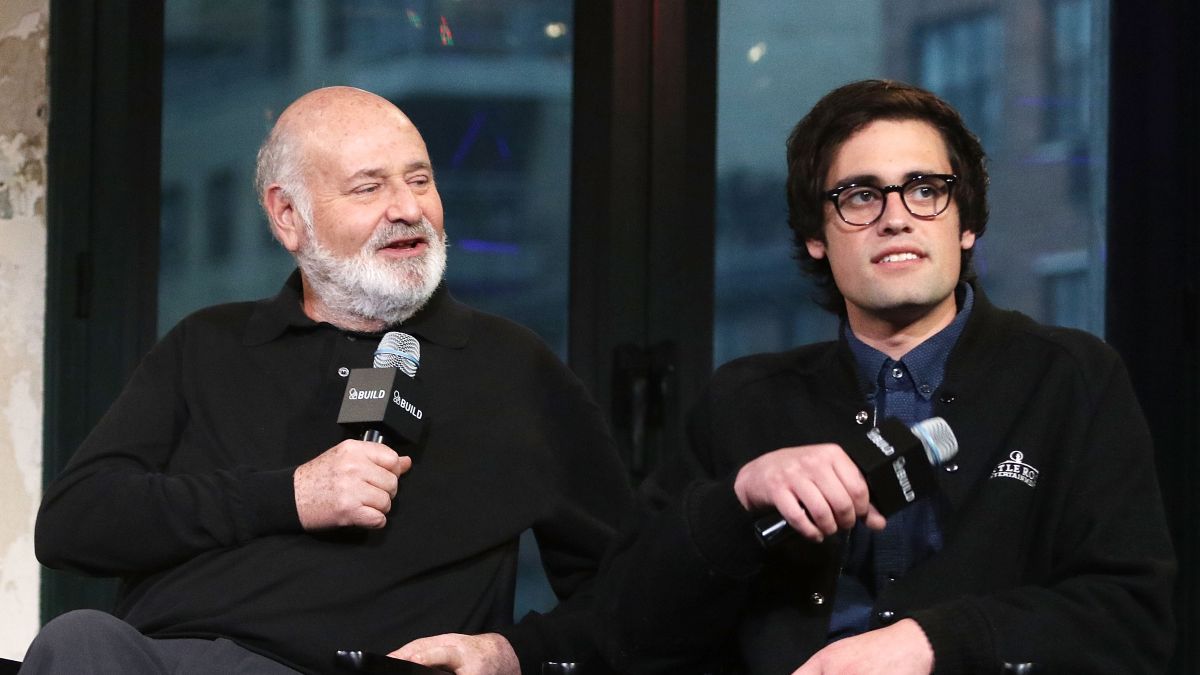
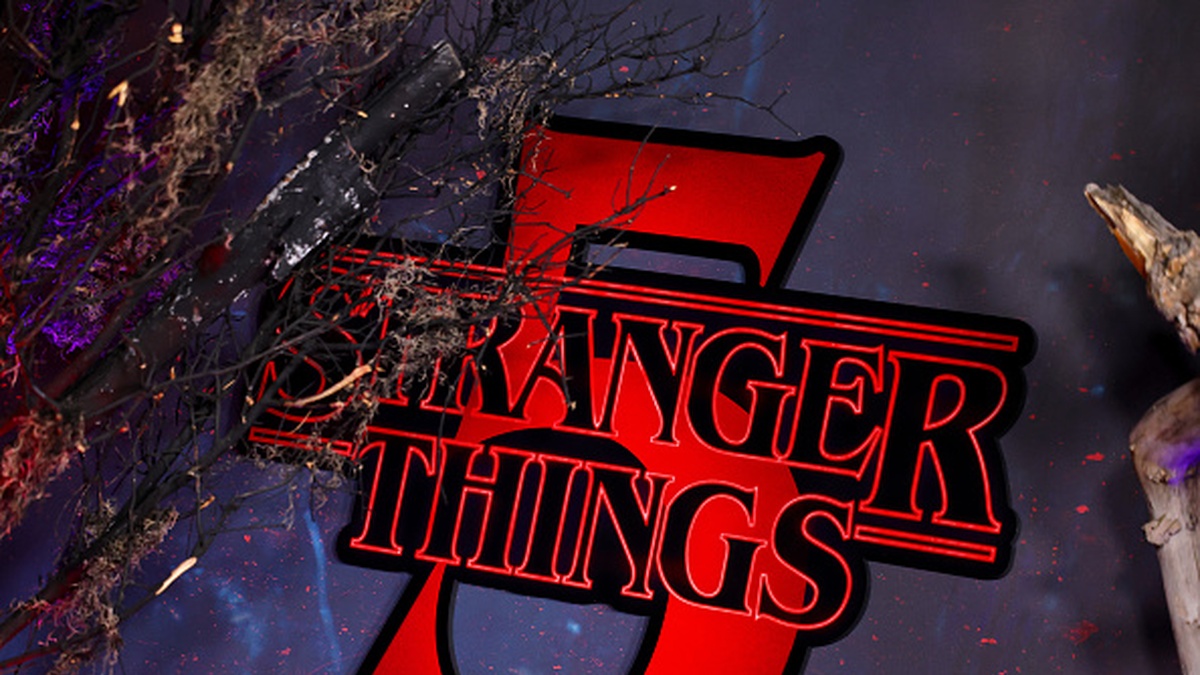

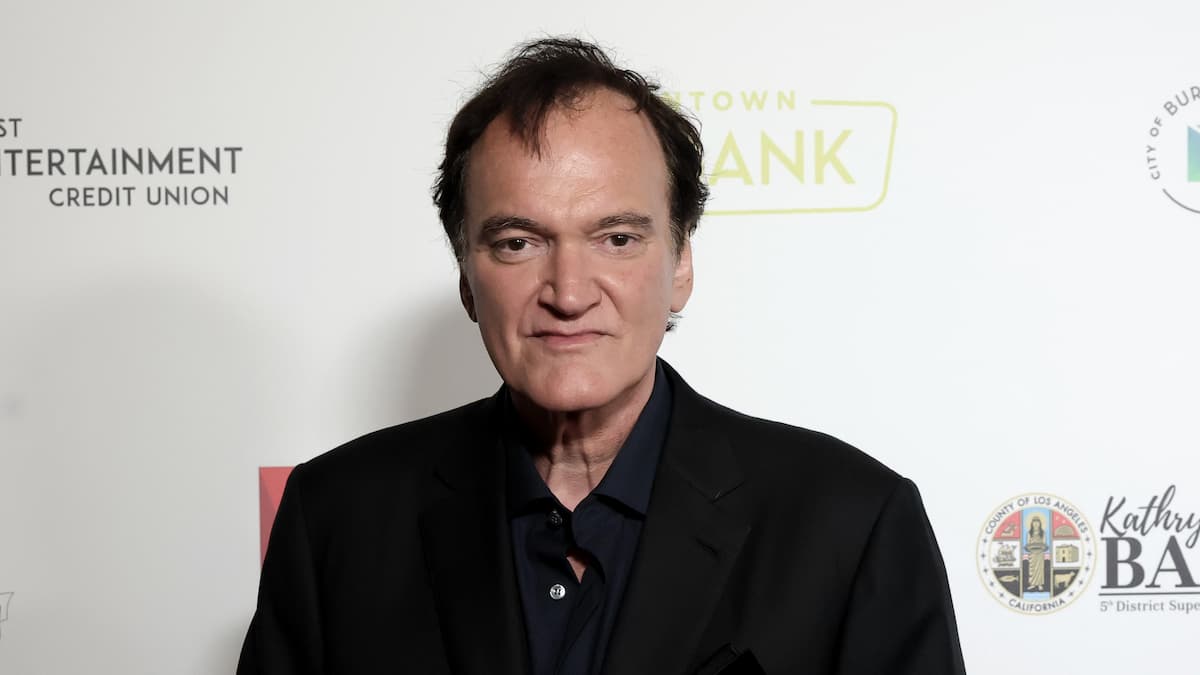
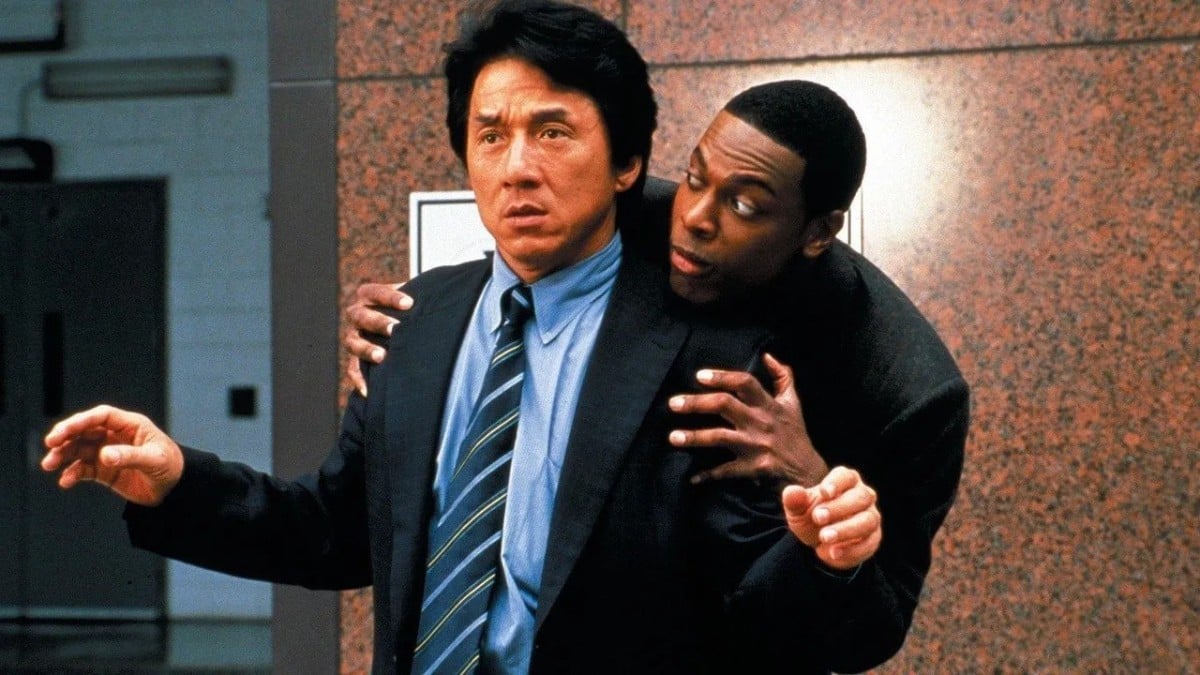
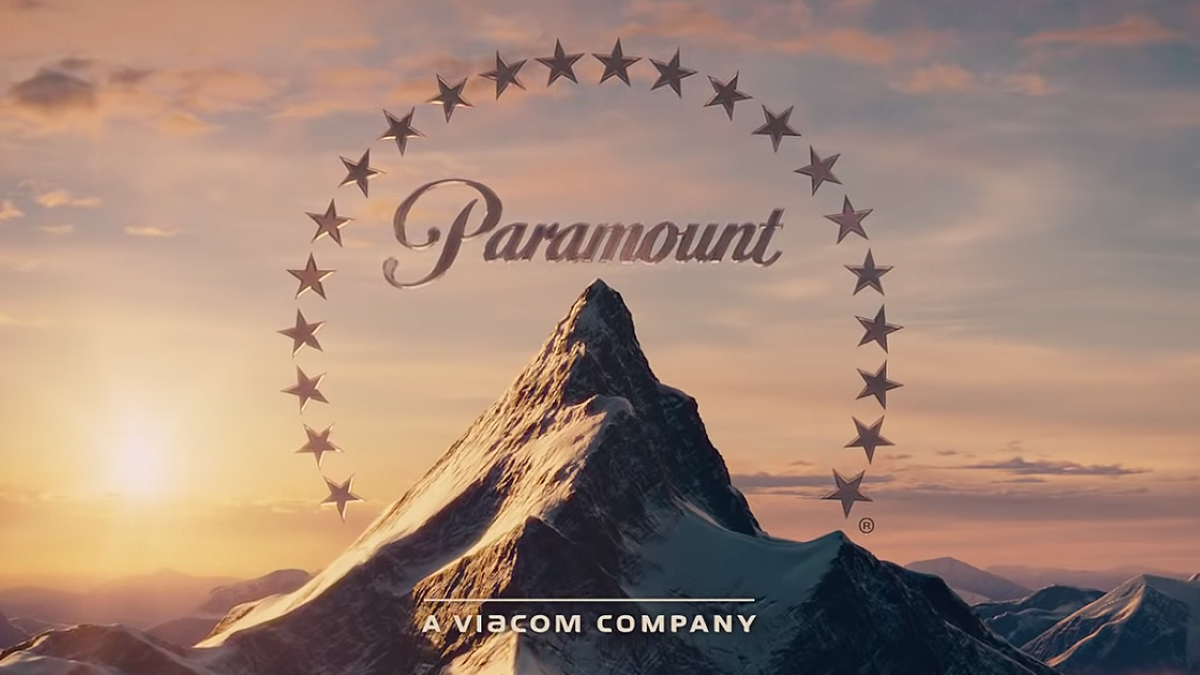
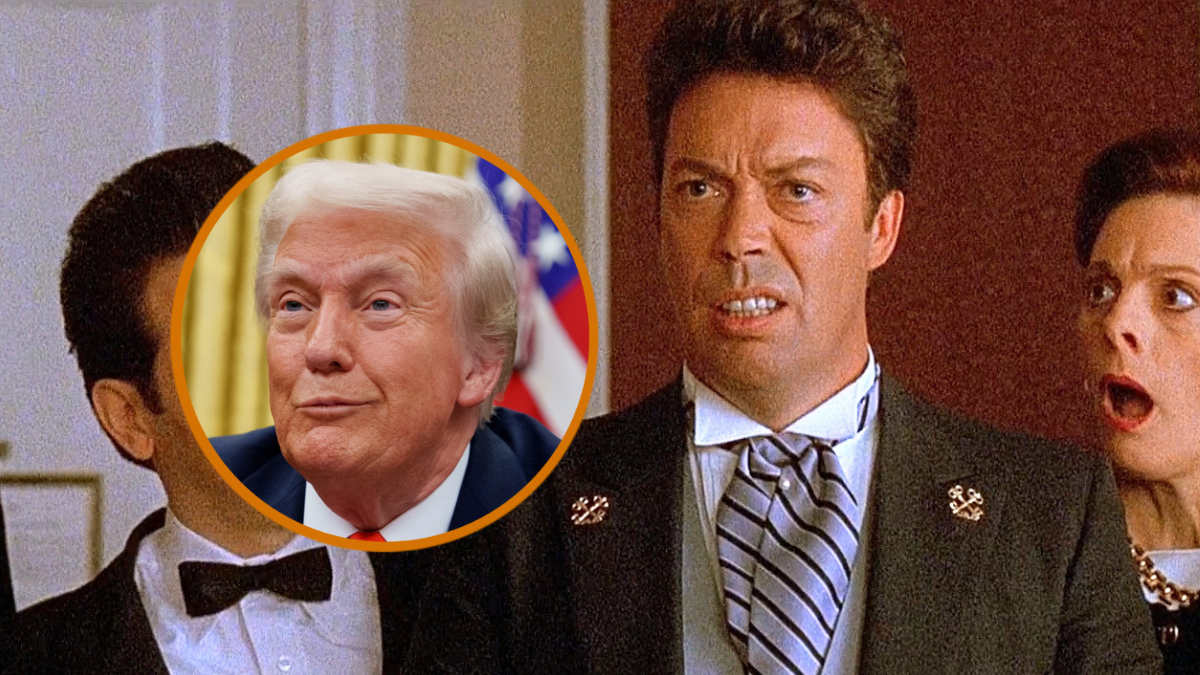
Published: Mar 12, 2017 04:47 pm